Mining Maintainability
www.cdc.gov
In years past, underground coal mining equipment consisted of simple but rugged machines powered by electric motors and hydraulics. They were maintained by personnel who needed only a basic knowledge of hydraulics, electricity, and mechanics. Today, engineers have transformed these machines into powerful, complex mining systems, requiring an increase in the knowledge and skills that are necessary of maintenance personnel. Fortunately, during this period designers have made significant advances in the field of maintainability engineering, such as the application of sensors and diagnostics and the modular replacement of components. System design techniques have also improved. Designers are using many of these innovations and techniques more and more in underground mining equipment.
The cost of maintaining a machine is a direct function of the maintenance frequency and failure interval for the machine and major components, the time and labor required to complete unscheduled maintenance actions, and the time and labor required to complete routine maintenance tasks. Because of the steadily increasing costs of maintaining underground mining equipment, mining companies have generally focused on ways to contain these costs. These cost control efforts have usually centered on optimizing scheduled maintenance operations, reducing maintenance staffs, better control of spare parts inventories, use of contract maintenance support, and deferring nonessential maintenance. Improved equipment design for maintenance can positively influence all these efforts.
Beyond escalating costs, maintenance operations account for a persistently high percentage of mining injuries. MSHA data for 1978-88 suggest that maintenance accounted for 34% of all lost-time injuries. Various studies funded by the former USBM relevant to maintenance injuries have determined:
- Over 25% of underground coal mining accidents occurred during maintenance. (1)
- Thirty-two percent of all machine-maintenance injuries involved the lower back, and 38% of all machine-maintenance accidents were the result of overexertion. (2)
- Approximately 25% of back injuries (the leading cause of lost time) occurred when the overall task was maintenance. (3)
- Injury data for independent contractor employees in the mining industry from 1983 through 1990 suggest that approximately 20% of the coal mine injuries occurred during machine maintenance or while using hand tools. (4)
Most efforts to decrease the frequency and severity of injuries to miners have stressed miner training and work procedures, improved work environments and safety and environmental control equipment, improved personal protective equipment, improved equipment control and display design, enhanced lighting and visibility-related research, and organizational issues. However, the industry has paid much less attention to the design of the mining machine itself with respect to maintenance cost or safety for the maintainer.
(Note: Most of this information was gathered as part of a contract with the former USBM on Assessment of the Maintainability Design of Underground Mobile Mining Equipment. (5)(6))
Maintainability Defined
What is meant by maintainability? Several definitions are useful. A simple one is that maintainability is the ease with which you can repair equipment safely in the least amount of time.
We can qualitatively define maintainability of equipment as a designed-in characteristic that imparts to a machine an inherent ability to be maintained with reduced person-hours and skill levels, fewer tools and support equipment, and reduced safety risks. We can quantitatively define it as a measure of the speed with which you can restore a mining machine to operational status following a failure or removal from operation for servicing. We may also define it as the probability that a machine can be kept in an operational condition or restored to that condition within a given time when you design it properly or you do the maintenance according to prescribed procedures and tools.
Maintainability is often confused with maintenance. Maintenance is a series of specific actions taken to restore a machine to full operational status. These actions may include servicing, troubleshooting, inspection, adjustment, removal and replacement, or in-place repair of components or systems on a machine. Preventive maintenance refers to the actions taken to retain a machine at a specified level of performance. It includes routine servicing and replacement of parts that are likely to fail during the next operational cycle. Corrective maintenance represents actions taken to restore a machine to an operational state after it is disabled due to a part or system failure. Reliability is the probability that the machine will perform its intended function for a specified interval of time under stated operating conditions.
First Principles of Maintainability Design
With the above definitions, introducing the first principles of maintainability design for underground mobile mining machinery is possible. The list is rather long, reflecting the complexity of the topic:
- Maintainability should be a designed-in capability and not an add-on option.
- Great maintenance procedures cannot overcome poor equipment design.
- A complex design solution is often easier than a simple solution – until you have to maintain it. Given the choice, opt for the simpler design.
- Every point where two or more components come together or where you mount a component on the chassis represents a maintenance point.
- Every maintenance point should be directly visible and fully accessible to the maintainer.
- All parts or components are replaced eventually, so design for these eventualities.
- Do not design for the “average” or 50th percentile person. To do so could exclude up to 60% of the users. Design for the user population, which includes the 10th – 90th percentile person.
- Troubleshooting is not a form of gambling. Design maintenance and troubleshooting procedures to reduce the odds in the maintainer’s favor. Provide specific indicators of pending or actual failures for all systems and major components.
- In order for the maintenance person to remember maintenance instructions, write them down and post them on the machine where he/she will make the decision while maintenance is being done. Label key components, show flow direction, and provide other decision making information.
- Design interfaces so that the component or connection can only go together correctly.
- Design every interface so that you can install only the correct replacement part or component, such as by using unique bolting patterns, guide pins, or other features.
- Design each interface so that you can install acceptable alternative components without modifications. If two different components can serve the same function, design the mounting interface such that you can mount both units without modification.
- Since the unexpected can occur anytime, ensure that you sufficiently derate all mechanical, electrical, hydraulic, and pneumatic systems to withstand unexpected overloads without failures, degradation in performance, or negative safety consequences.
- Design line-of-sight visibility for all maintenance tasks that require visual inspection, servicing, adjustment, alignment, in-place repair, or removal and replacement of components.
- Because the easiest decision to make is often a go/no-go decision, design all maintenance decisions to be go/no-go decisions.
- Design all systems and subsystems to fail to a safe mode or state so that a component or subsystem failure will not result in additional damage or employee injury.
- Because it is sometimes difficult to see what is right in front of you, design all systems so that failures are obvious.
- Special tools are rarely around when maintainers need them, so design all maintenance tasks to eliminate the need for special tools.
- Design and locate all components and interfaces so that they are directly and easily accessible or reached for maintenance.
- Do not force fit standard parts as a substitute for reliability, maintainability, performance, and design innovation.
- Modularization of components reduces maintenance guess work, which in turn reduces maintenance downtime.
- Maintenance errors add to the maintenance burden, so reduce the maintenance burden by eliminating or reducing the opportunity for human error.
- Because equipment operators sometimes cause equipment failure and damage, design the mining machine to be operator-proof by designing operator-controlled systems with emergency relief valves, overload safety devices, and other precautionary features.
- Do not design maintenance tasks that rely on personnel to lift or maneuver heavy components.
- To save time, design repair tasks, alignments, and adjustments so that there is no need to tear down or remove components.
- Because a person’s effective work envelope is determined by his or her reach, do not put maintenance or service points where they are effectively out of arm reach.
- Because a person’s visual acuity decreases with age, viewing distance, and task complexity, do not locate visual inspection points more than 36 in (91.44 cm) away from where the maintainer’s head is going to be while doing the inspection. Do not put visual inspection points behind components, under protective covers, or at other points that require work to reach them.
Advantages of Improved Maintainability
The purpose of maintainability engineering is to increase the efficiency of mining machinery and safety and to reduce the cost of equipment maintenance. To accomplish this, it is evident that the achievement of significant cost reductions in maintenance begins with improved equipment design. Although maintainability engineering will not eliminate the need for service and repair on mining equipment, it provides the following advantages:
- Reduction of the time required to complete scheduled and unscheduled maintenance.
- Minimization of the frequency of unscheduled maintenance by improving accessibility for inspection and servicing.
- Reduction of maintenance errors and incorrect installations.
- Improvement of post maintenance inspection.
- Reduction of maintenance-related injuries.
- Minimization of maintenance personnel training requirements.
- Improved troubleshooting performance.
- The following list contains typical design problems on underground mobile mining equipment that are addressed by incorporating maintainability design.
- Accessibility problems–Inability of maintenance personnel to access failed or suspected components to inspect or remove and replace them. These problems resulted from:
- Inadequate access opening size,
- Poor layout of components in a compartment, necessitating removal and replacement of non-affected parts to access the failed units,
- Inability to access mounting bolts or connectors or to use required tools,
- Installing components in inaccessible interior cavities,
- Running cables inside the frame or chassis where you cannot reach them,
- Locating fasteners and mechanical interfaces where you cannot reach them physically unless the machine is partially or completely disassembled
- Inadequate component handling capability and component machine interface design.
- Inadequate design for routine maintenance, such as the inability to quickly remove and replace leaking hydraulic hoses and water lines, remove and replace failed hydraulic valves, do routine lubrication, and perform visual and physical inspections.
- Inadequate fault isolation capability, such as difficulty determining the precise cause and location of a failure, reaching components to do visual inspections and to perform checks, limited or no designed-in fault diagnostic capabilities, lack of effective failure indices.
- Increased maintenance burden resulting from poor design and placement of components, subjecting them to damage.
- Poor design with respect to resources available, such as the need for maintenance personnel to build tools, handle 100- to 1,000-lb (45.36- to 453.59-kg) components, or use brute human strength to overcome poor component interface design or lack of needed tools.
- Equipment complexity resulting from poor layout, such as the crowding of components into compartments without regard for the need to maintain or replace individual items, overlaying hoses and power cables, and making removal and replacement difficult.
- Multiplying the number of valves, connectors, and other high-frequency replacement components as a design convenience.
This list was identified by a research project funded by the former USBM on maintainability of underground mining machinery. One conclusion was that the successful application of maintainability design principles to underground coal mining equipment could reduce preventive maintenance and corrective maintenance time by 40% to 70%, maintenance labor costs by 10% to 25%, and maintenance risk significantly.
You cannot overestimate the importance of maintainability. As a design engineer, you must ensure that the total emphasis is not on productivity when mining and transporting the material mined. Make sure that maintainability is a focal point during initial design.
Maintainability Examples
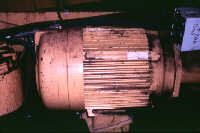
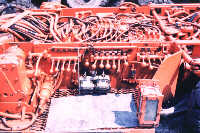
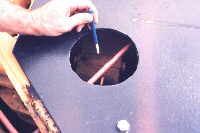
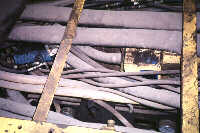
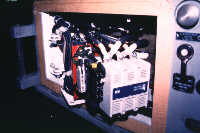
Maintainability Checklists
The purpose of the Maintainability Design Checklists is to provide a summary of design review points for the maintainability assessment of new or existing underground equipment. They specifically focuses on the identification of equipment design features, tasks, or procedures that impact equipment downtime, repair costs, labor hours, and maintainer skill level requirements.
Some checklist points are general in nature. The checklists are designed to be used across all categories of underground equipment. The intent is to draw attention to design features and maintenance procedures that will increase maintainability requirements. You are encouraged to adapt this checklist to site-specific or machine specific requirements by:
- Inserting specific performance criteria for various categories of maintenance tasks. For example, all hydraulic lines on a shuttle car should be replaceable in 15 minutes or 25 minutes, etc.
- Adding or deleting checklist items for different categories of equipment. You would include environmental control equipment, for example, on face equipment and not on shuttle cars or man trips.
- Adding additional checklist items based on site- or equipment-specific maintenance histories or experience, company maintenance standards, or other factors.
References
- Hamilton, D. D., J. E. Hopper, and J. H. Jones. Inherently Safe Mining Systems; Executive Summary (contract H0111670, FMC Corp.). USBM OFR 124-77, 1977, 38 pp.; NTIS PB 271150.
- Conway, E. J., W. A. Elliott, and R. Unger. Mine Maintenance Material Handling: Volume II – Prototype Device Specifications (contract H0113018, Canyon Research, Inc.). USBM OFR 13(2)-89, 1988, 51 pp.; NTIS: PB 89-168975/AS.
- Stobbe, T. J., R. W. Plummer, and M. Jaraiedi. Back Injuries in Underground Coal Mining (contract J0348044-05, WV Univ.). USBM OFR 18-90, 1989, 375 pp.; NTIS PB 90-202938/AS.
- Rethi, L. L., and E. A. Barrett. A Summary of Injury Data for Independent Contractor Employees in the Mining Industry From 1983 Through 1990. USBM IC 9344, 1993, 16 pp.
- Conway, E. J., and R. Unger. Maintainability Design of Underground Mining Equipment: Volume I-Final Technical Report (contract J0145034, Vreuls Research Corp.). USBM OFR 39-91-V1, 1988, 35 pp.; NTIS PB 91-241885.
- Conway, E. J., and R. Unger. Maintainability Design of Underground Mining Equipment: Volume II-Maintainability Design Guidelines (contract J0145034, Vreuls Research Corp.). USBM OFR 39-91-V2, 1988, 181 pp.; NTIS PB 91-241893.
Related Articles
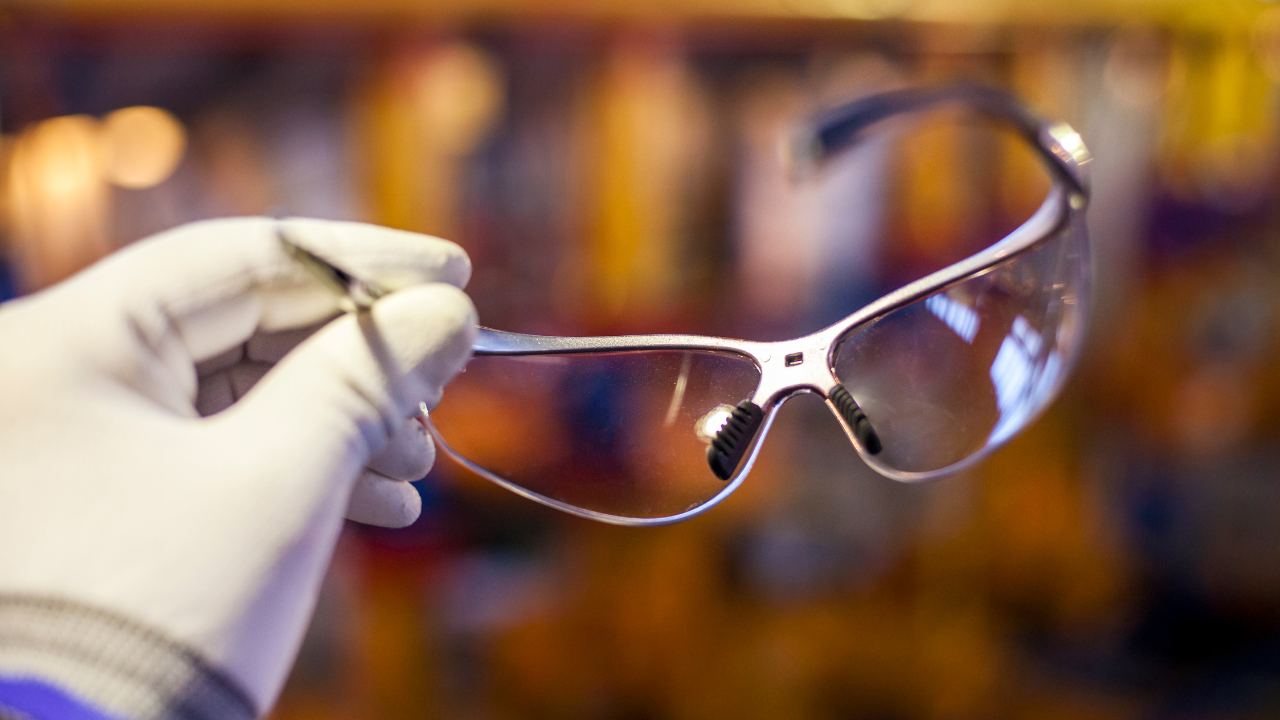
All About Eye Protection
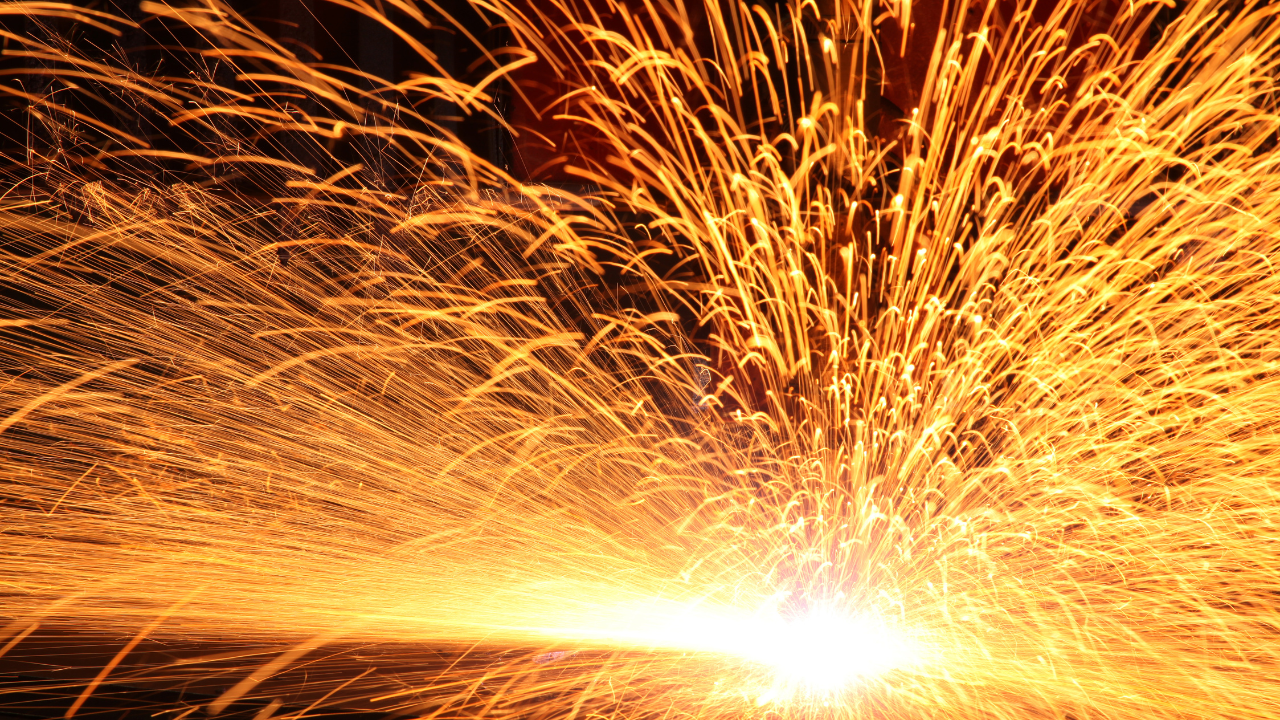
Arc Flash/Arc Blast Review with Safety Suggestions for Design & Maintenance
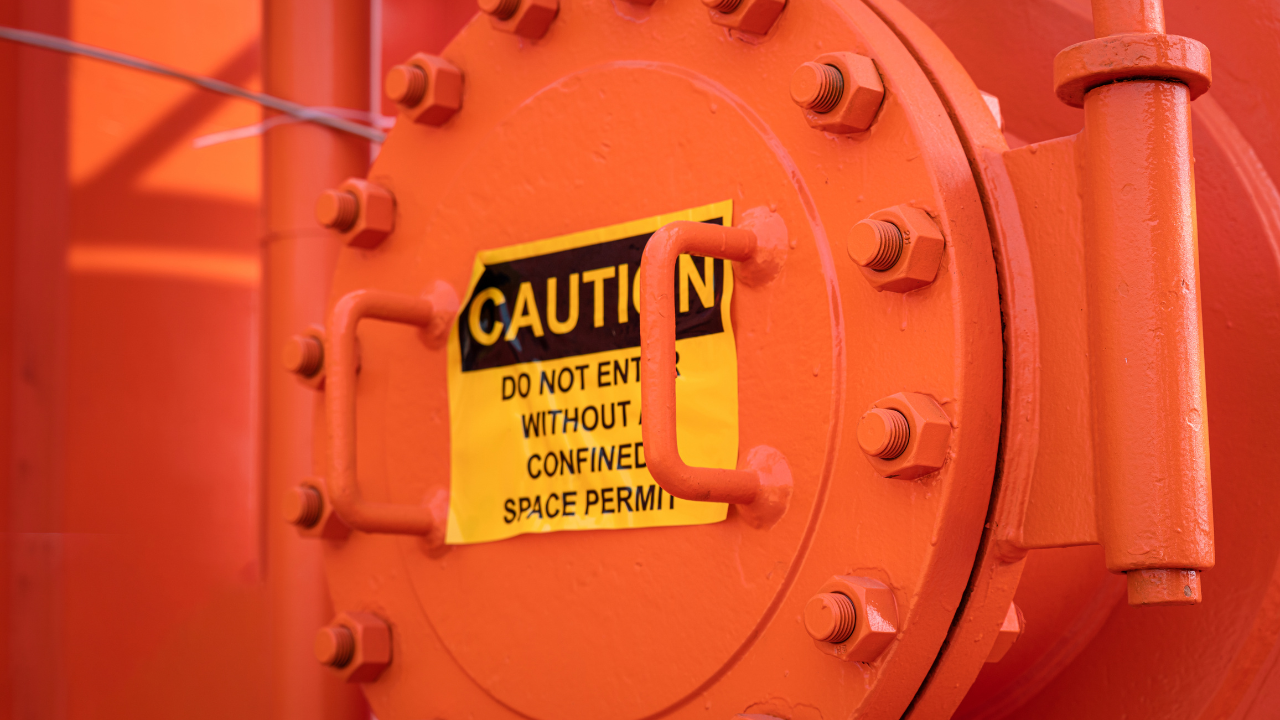
CSA Launches First Confined Spaces Standard in Canada

Do You Need NFPA 70E?
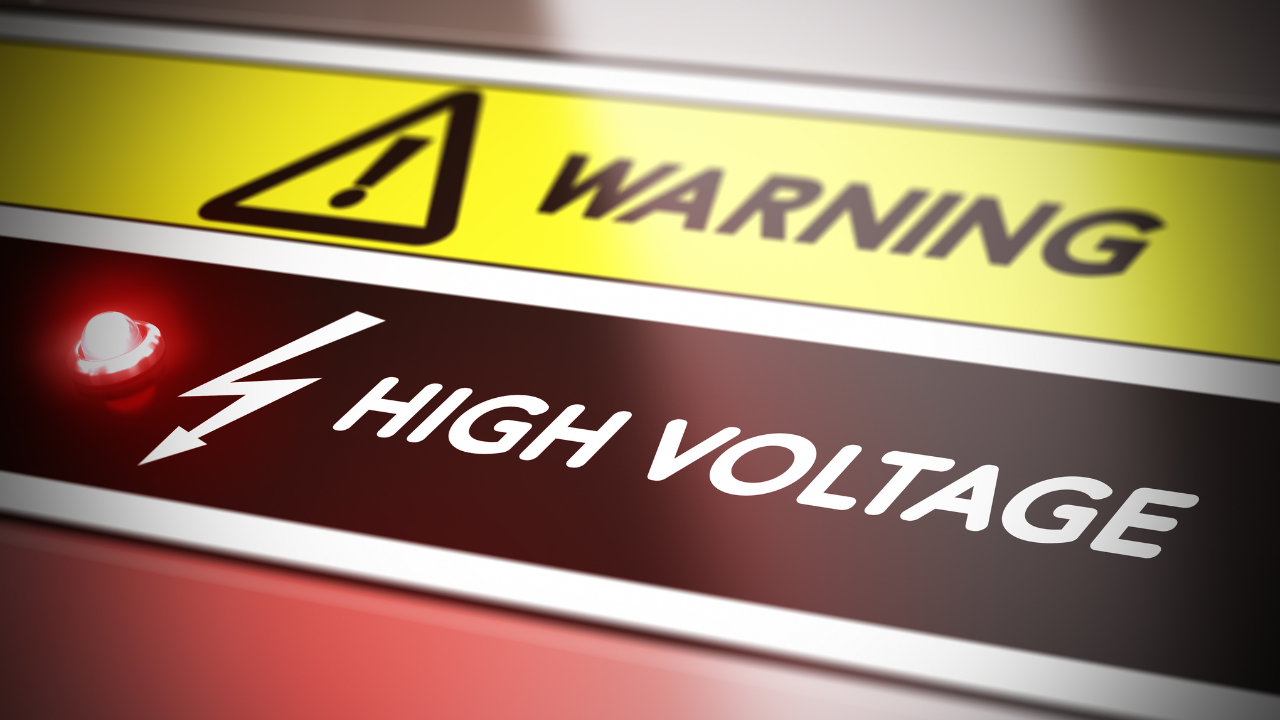
Electrical Hazards
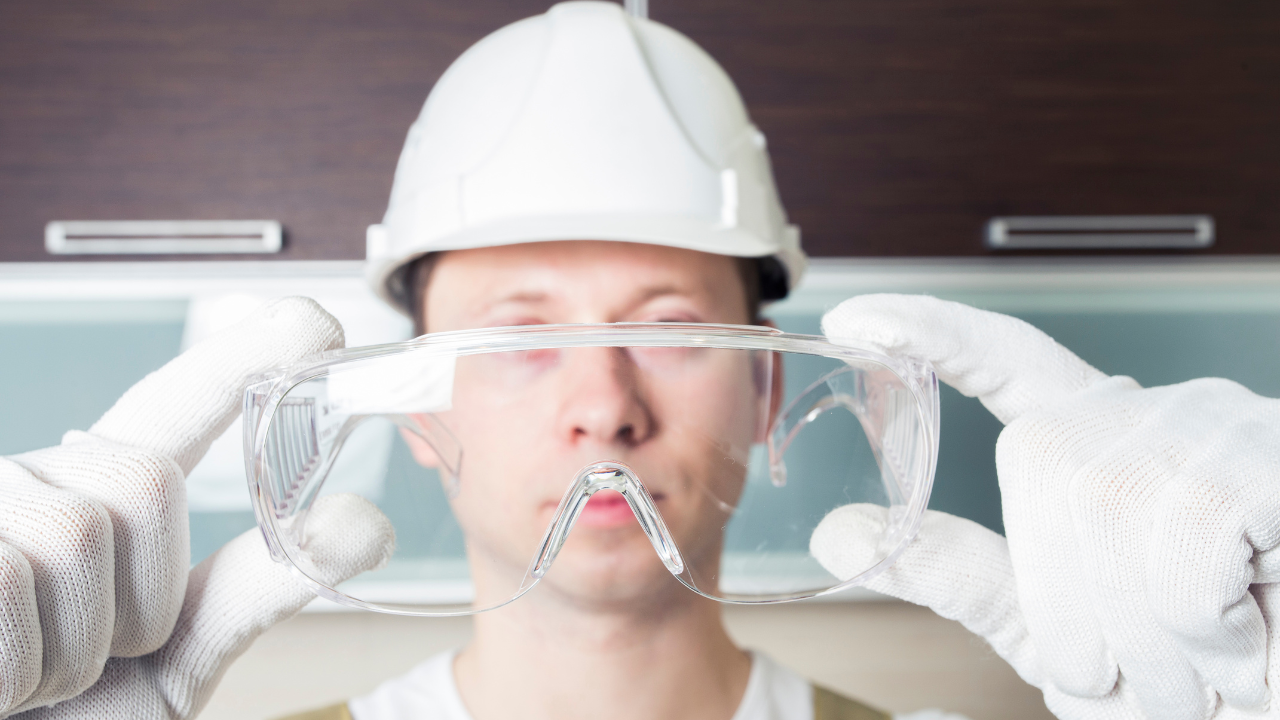
Eye Injuries are a Serious Threat to American Workers




